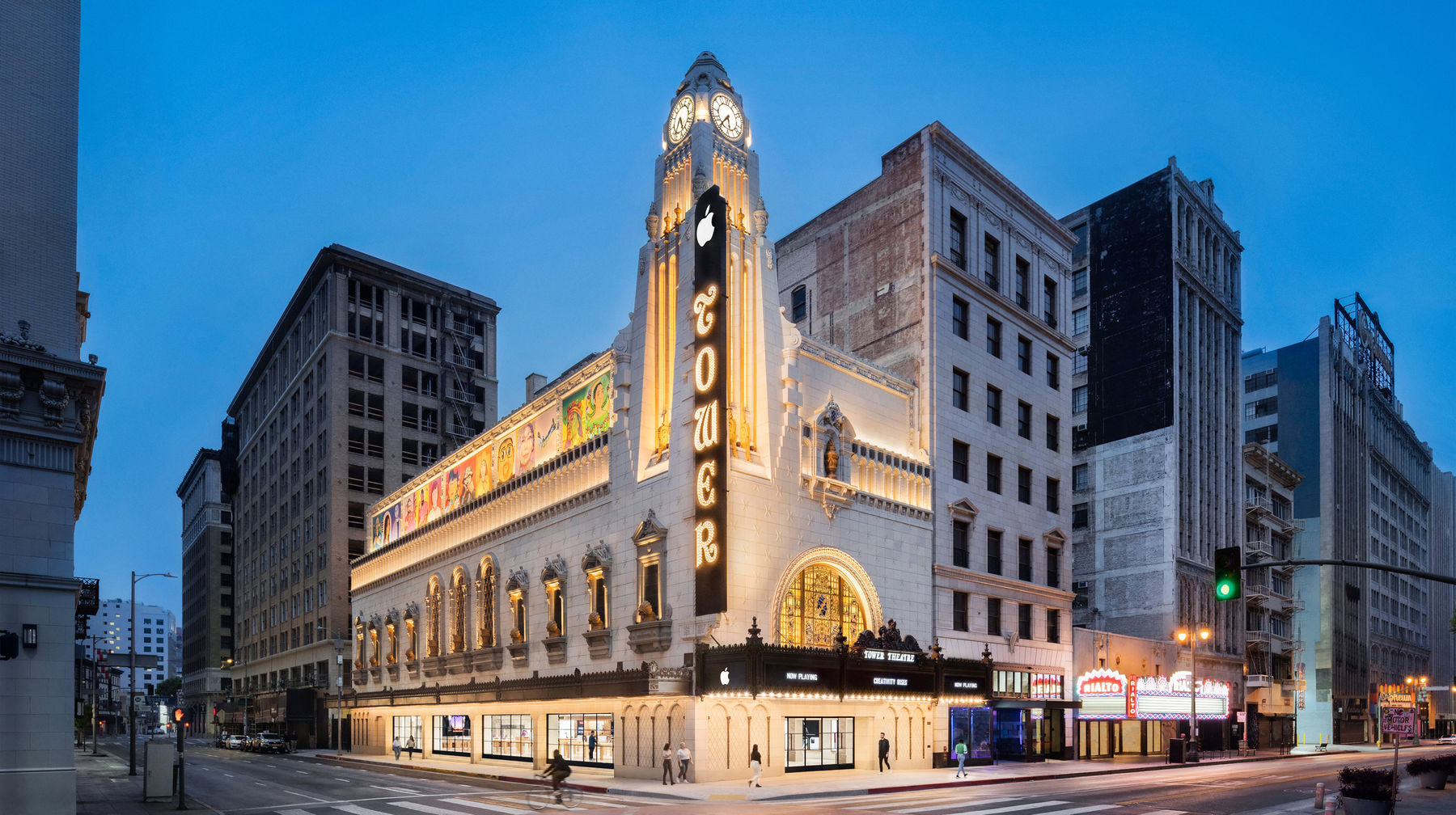Introduction
Central Business Districts across the country are facing vital questions about their future, largely driven by shifts in office work sparked by the pandemic, leading to a reduction in demand for office space and the number of office workers in our downtowns. DTLA is no exception.

One strategy for addressing the potential long-term impacts of these trends is the conversion of office buildings to residential or other uses – commonly referred to as “adaptive reuse.” While that is a technical term referring to a change in zoning classification, the phrase also captures the spirit of the practice as well – adapting and reusing. As such, we want to look at both the specific factors involved with adaptive reuse and also the broader implications of converting and repurposing buildings, spaces, and places, and what that means for reimagining districts like DTLA.

Adapting to social and economic change is what great cities do, and the history of Downtown LA is a succession of such shifts – from the early 20th Century when Downtown Los Angeles was simply Los Angeles, a city unto itself with Victorian mansions on Bunker Hill, movie palaces and department stores on Broadway, and the “Wall Street of the West” on Spring; through the fallow post-war period of suburbanization and the redevelopment of Bunker Hill with office towers and cultural institutions; to the 21st century revitalization that brought a booming residential population along with dining, nightlife, and tourism. So, as we consider the current wave of change impacting the office sector and the central business district, it should be within that broader historical context of ongoing evolution.
